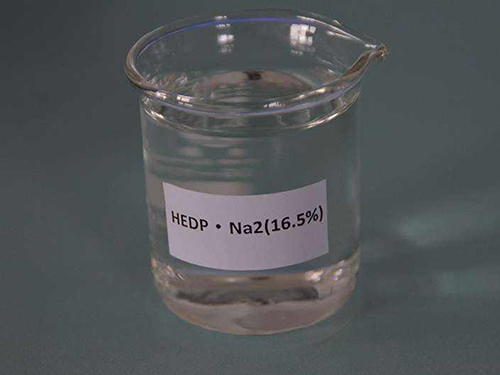Effective Use of Polyaluminum Chloride in Water Treatment Processes for Improved Quality
Poly Aluminum Chloride A Revolutionary Water Treatment Solution
Water pollution is a pressing global concern, affecting millions of lives and ecosystems. As industrial activities increase and urbanization expands, the need for effective water treatment solutions has never been greater. One of the most effective agents used in this context is Poly Aluminum Chloride (PAC), a coagulant that plays a pivotal role in water purification processes. This article explores the properties, applications, and advantages of PAC in water treatment.
What is Poly Aluminum Chloride?
Poly Aluminum Chloride is a polymer formed from the combination of aluminum chloride and water. Its structure includes multiple aluminum hydroxide units, which impart unique properties that enhance its efficiency as a coagulant. PAC is typically available in a liquid form and can also be produced as a solid powder. The product comes in various formulations, allowing for tailored applications according to the specific needs of water sources.
The Coagulation Process
Water treatment often involves several stages, with coagulation being one of the most crucial. Coagulation is the process by which fine particles suspended in water are agglomerated into larger clusters, or flocs, to facilitate their removal. When PAC is added to water, its positively charged aluminum ions neutralize the negative charges on suspended particles, allowing them to bond together. This interaction results in larger aggregates that can be easily removed through sedimentation or filtration.
Applications of PAC in Water Treatment
PAC is widely used in various water treatment processes, including
1. Drinking Water Treatment PAC is effective in removing turbidity, color, and organic matter from drinking water sources. Its application results in clearer, cleaner water suitable for consumption. 2. Wastewater Treatment In industrial settings, PAC is used to treat wastewater prior to discharge. It assists in the removal of heavy metals, phosphates, and other contaminants, thereby reducing the environmental impact of industrial effluents.
3. Sludge Management PAC aids in the flocculation of sludge, making it easier to dewater. The reduced volume of sludge is beneficial in terms of disposal costs and environmental impact.
4. Paper and Pulp Industry In this sector, PAC is utilized for the treatment of process water, helping to clarify the water and recover valuable fibers.
polyaluminum chloride water treatment

Advantages of Using PAC
The application of Poly Aluminum Chloride in water treatment offers several distinct advantages
1. High Efficiency PAC is renowned for its high coagulation efficiency. It works effectively across a wide range of pH levels, making it adaptable to various water sources.
2. Lower Dosage Requirements Compared to traditional coagulants such as aluminum sulfate, PAC requires lower dosage levels for similar or better results. This not only reduces chemical costs but also minimizes the production of residual sludge.
3. Fast Settling The larger flocs formed by PAC encourage faster settling rates, which translates into shorter treatment times and more efficient processes.
4. Versatility PAC can be used in a variety of applications, from municipal drinking water systems to industrial wastewater treatment, showcasing its versatility as a coagulant.
5. Environmental Benefits The reduced sludge production associated with PAC usage also contributes to lower costs and environmental impact related to waste disposal.
Conclusion
As the challenges of water quality continue to evolve, effective solutions like Poly Aluminum Chloride are vital to ensuring sustainable water management practices. Its efficiency, versatility, and environmental benefits make PAC an essential tool in both municipal and industrial water treatment applications. Embracing innovative coagulants like PAC not only advances water treatment technology but also promotes cleaner, healthier ecosystems for future generations. With ongoing research and development, future advancements in PAC formulations and applications are likely to enhance its role in tackling global water quality issues even further.
-
lk-319-special-scale-and-corrosion-inhibitor-for-steel-plants-advanced-solutions-for-industrial-water-systemsNewsAug.22,2025
-
flocculant-water-treatment-essential-chemical-solutions-for-purification-processesNewsAug.22,2025
-
isothiazolinones-versatile-microbial-control-agents-for-industrial-and-consumer-applicationsNewsAug.22,2025
-
scale-inhibitor-key-solutions-for-water-system-scale-preventionNewsAug.22,2025
-
organophosphonates-versatile-scale-inhibitors-for-industrial-water-systemsNewsAug.22,2025
-
scale-and-corrosion-inhibitor-essential-chemical-solutions-for-water-system-maintenanceNewsAug.22,2025





